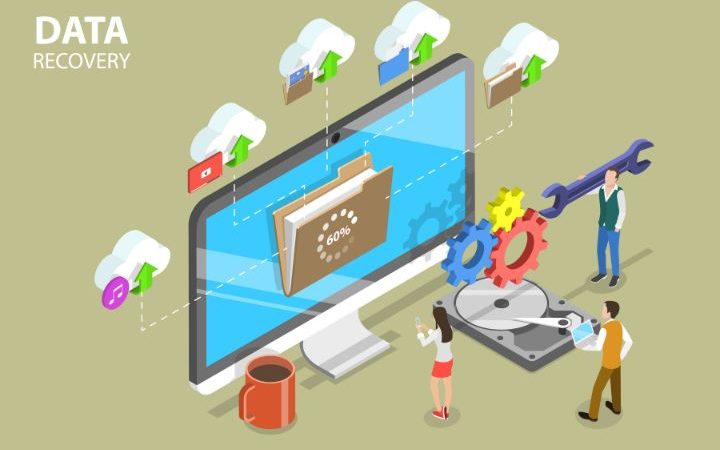Recovery Plan: The Advantages Of a Cloud Solution

The recovery plan is the set of operations to be implemented in the event that the corporate data structure and infrastructure are “compromised,” and we use this term in its broadest sense. We are therefore referring to compromises and safety problems, but also physical and related to natural disasters or accidents in general.
Predicting that a problem may happen and, above all, creating a precise plan on the actions useful for solving it, making its effects even less serious, is a fundamental action to guarantee Business Continuity, but for now, let’s focus on the recovery plan.
Define timescales and goals to be achieved.
A good recovery plan must target an objective to achieve – RPO ( Recovery Point Objective ) or when the corporate infrastructure returns to normal. Fundamental systems and data must therefore be identified, also creating a scale of importance for these resources: the recovery plan will obviously have to give priority to everything that has the highest priority, then take care of the rest once the moment of crisis has passed.
Surely the restoration of operations is based on the availability of archives and data, resources which in “time of peace” will have to be subjected to constant and precise backup. But the backup itself will have to be done in secure and geographically distributed areas. It is in this context that Cloud technologies can offer vast advantages.
Storage and cloud technologies offer security and scalability.
Cloud storage involves the use of resources not owned by the company itself but by a service provider. Therefore, for the company, a backup volume managed in the cloud is a resource that can be considered “safe,” managed by third parties, and maintained in full efficiency with policies and technologies that are often not directly accessible to many customers.
The same principle just described for storage also applies to virtual instances and applications: the customer defines their characteristics, and the service provider makes them available. This is valid both in times of normal infrastructure functionality and if a recovery plan has to be resorted to.
Accessibility and connectivity become essential.
The provider of the cloud solution will therefore have to provide sufficient infrastructure redundancy, guaranteeing data distribution in different data centres, which must be synchronised with each other and enjoy good accessibility. And precisely, the parameter of accessibility will have to be well evaluated in the context of the recovery plan by providing for redundancy also in the technologies used by the company to access remote resources: in a similar scenario, the backup of communication channels (connectivity) is essential.
The recovery plan cannot neglect safety.
Even in an emergency condition that provides for the application of the recovery plan, the security of data or infrastructure cannot be overlooked. A cyber attack could be launched in a critical condition. On this front, cloud technologies can offer ample reassurance; in fact, security management is delegated to the service provider itself, making resources and know-how available.
The intrinsic scalability offered by cloud technologies is a further element that offers flexibility in the context of a recovery plan and in managing critical situations for the corporate infrastructure.
Simulations and training for a successful recovery plan
But the best disaster recovery plan is doomed to failure if it remains purely on paper. To ensure the effectiveness of a similar tool, it is necessary to carry out sufficient employee training and the simulation of interventions and situations in which the recovery plan is applied.
On these occasions, it will also be possible to evaluate whether the “preliminary” provisions work correctly in reality, also as regards the access credentials to the cloud resources and the license profiles of any applications used. This should be as transparent as possible for business users not directly involved in the recovery plan.
Also Read : Storage And Service Continuity: What Is Getting Out Of Hand


